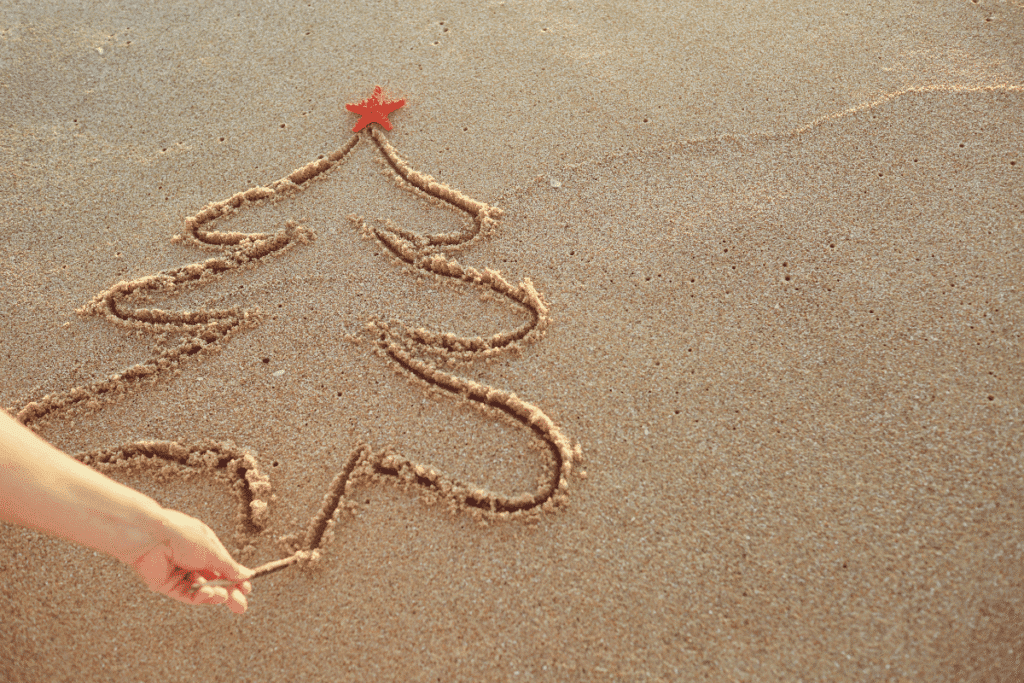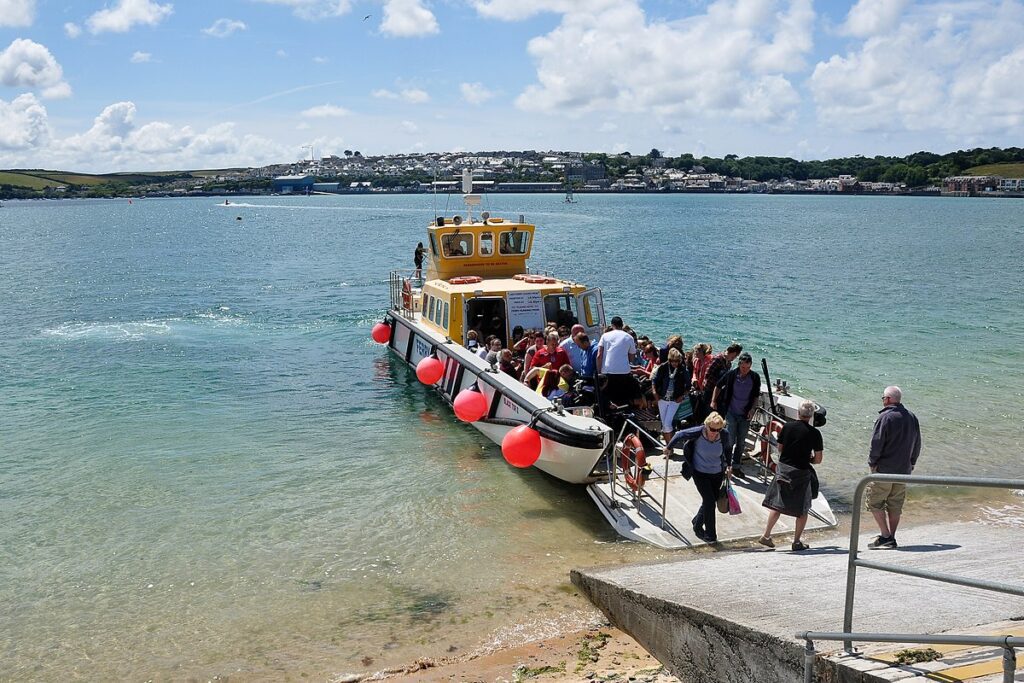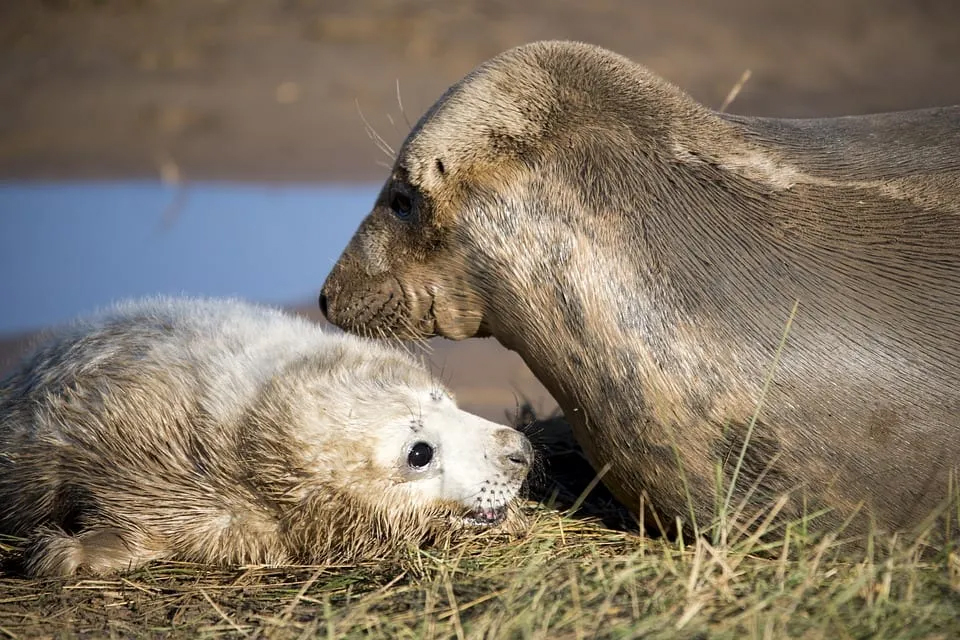In the early part of 2025, there was an unprecedented number of humpback whale sightings in Cornwall! Our wildlife guides were delighted to still be able to get their coastal wildlife fix whilst we closed for our annual break in January.
In recent years, the number of humpback whale sightings in Cornwall has steadily increased. What used to be an incredibly rare sight is now becoming more of a regular delight for sea watchers on the Cornish cliffs, with the winter months particularly becoming “humpback season” with tail flukes a-plenty!.
2025 has been an especially good year so far, with sightings on an almost daily basis throughout January and into February and up to three whales at a time being spotted off the North Cornish coastline, allowing onlookers some incredible views.

But Why Are There Humpback Whales in Cornwall? What Are They Doing Here?
Humpback whales were historically a much more common occurrence around British waters, however, populations plummeted by around 95% during commercial whaling practices.
It has been a slow recovery since the International Whaling Commission introduced a moratorium, ceasing commercial whaling from all but a small handful of countries in 1986, but humpback whale numbers are now bouncing back, and they are starting to show back up in areas they once visited before their population declined.
Typically, humpbacks will migrate between Arctic waters in the summer to feed and the tropics in winter to breed and give birth. It is thought that the individuals being spotted here on the Cornish coast are younger juveniles who are not of breeding age yet, who have no need to migrate as far as the tropical waters off the coast of north Africa or the Caribbean, and are taking advantage of rich feeding grounds they come across as they travel south.
However, there are concerns that they may be older individuals foregoing their full migration and potentially missing the opportunity to breed; or that they are having to break up their journeys out of necessity to feed due to not finding enough to eat in the once food-rich Arctic waters further north.
What Are They Feeding On?
Humpback whales will feed on a variety of shoaling fish, as well as krill and plankton. In Cornish waters, it is most likely they are feeding on fish such as herring and mackerel at this time of year.
Humpbacks are gulp feeders, meaning they will open their huge mouths and expand their pleated throats to engulf as much fish as possible in one gulp. Once they close their mouths, their giant tongues will push the seawater back out through the baleen plates in their mouths, working like a sieve to hold in the fish for them to swallow.
Aren’t They Lonely?
Often, humpback whales are spotted on their own. This doesn’t mean they are lost or lonely! Although they will follow the same migration routes and often gather together to feed or breed, they do not need each other’s company, and only mothers and calves will stick closely together.
However, they can communicate with one another through complex songs, and it is also thought that their acrobatic breaches out of the water are used as a form of communication, possibly to alert others to the presence of food. They may even work together in some places to gather fish to feast on using behaviours like ‘bubble netting’ – blowing bubbles underwater to confuse and trap fish in a tight ball – but they do not always depend upon each other to hunt.
Are They In Trouble So Close To Land?
Humpbacks are incredibly agile in the water and can manoeuvre well even in what appears to be fairly shallow depths. A healthy, relaxed whale should be able to easily navigate its way away from dangerously shallow water, however, they can still be vulnerable to stranding if they are driven too close to shore. This is why it is hugely important for any water users to be extra cautious and respectful of whales, especially those close to land.
DEFRA’s marine and coastal wildlife code guidelines recommend a distance of at least 100 metres, maintaining a slow and predictable course and never positioning the whale between your vessel and the land so as not to cause any stress, which may drive it into shallower waters.
Recent Sightings – Trends and Statistics
The Cornwall Wildlife Trust has reported that humpback whale sightings on the north coast have “gone through the roof” over recent years. In just an 11-day period between December 29, 2024, and January 8, 2025, there were 17 sightings around Cornwall and the Isles of Scilly alone.
As of early 2025, at least two humpback whales (named “Surf Rider” and “Minstrel”) have been observed near Newquay. Hundreds of people gathered at vantage points like Bedruthan Steps to watch the animals, and there was a social media buzz as people flocked to see these magnificent creatures. These sightings are part of a broader trend across the UK, with at least 30 reports of humpbacks along the English coast this winter.
The increase in sightings is seen as a positive indicator of population recovery. However, researchers are still working to understand whether these are repeat sightings of the same individuals or multiple whales passing through.
Why 2025 Has Been Exceptional for Humpback Whale Sightings in Cornwall
Cornwall appears to be a key stopover during the whales’ migration journey, possibly due to abundant food sources in its waters. Some humpback whales may also be re-establishing historical migration routes that were abandoned during the whaling era. This surge in whale sightings highlights a remarkable opportunity for both public engagement and scientific research into these beautiful marine mammals.
Experts speculate that warming waters and shifting ocean currents could be influencing whale movements, pushing them into areas like Cornwall that were previously less frequented. This could also explain why some humpbacks are taking less common routes through the English Channel.
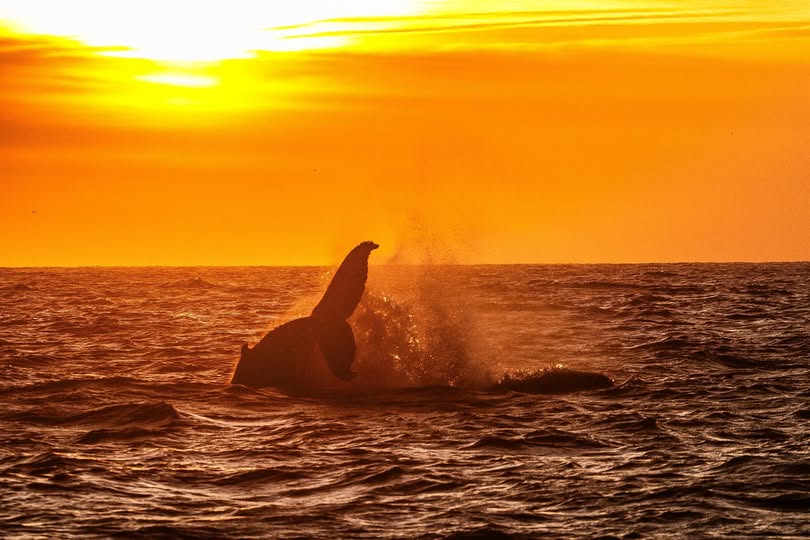
Conservation Efforts Supporting Humpback Whales in Cornwall
Local Marine Protection Initiatives
Cornwall has embraced marine conservation through several locally-driven initiatives specifically benefiting humpback whales. The Cornish Marine Protected Area Network has expanded to include six new zones since 2021, covering important feeding grounds for marine life. Local fishing communities have adopted the “Cornwall Clean Seas Pledge,” implementing ropeless fishing gear and biodegradable equipment to reduce entanglement risks.
Threats Facing Humpback Whales in Cornish Waters
Despite conservation progress, humpback whales in Cornwall face significant challenges:
- Fishing gear entanglement remains the primary threat, with five documented cases in British waters between 2022 and 2024 requiring intervention from specialised marine animal rescue teams
- Increasing commercial shipping traffic along the southwestern approaches creates both collision risks and harmful underwater noise pollution that can disrupt communication and feeding behaviours
- Climate change impacts are becoming evident as shifting water temperatures alter the distribution of sand eels and sprats—key prey species for humpbacks
- Plastic pollution presents another danger, with microplastics now detected in the plankton that forms the base of the humpbacks’ food chain
- The growing popularity of whale watching, while economically beneficial, introduces potential disturbance issues, particularly from unregulated private vessels that may approach whales too closely
Addressing these threats requires coordinated action between conservation groups, government bodies, and the wider Cornish community to ensure these magnificent creatures continue their return to local waters.
Conclusion
For visitors lucky enough to witness a humpback breach against the backdrop of Cornwall’s dramatic cliffs or a tail fluke upon the horizon, the experience connects us to something ancient and profound. The resurgence of humpback whale sightings in Cornwall represents one of the UK’s most remarkable wildlife recovery stories of recent decades. As these magnificent creatures continue to grace Cornwall’s coastline, the delicate balance between appreciation and protection becomes increasingly important.
By continuing to prioritise responsible wildlife viewing practices and supporting ongoing conservation initiatives, we can ensure that future generations will also have the opportunity to experience the awe-inspiring presence of humpback whales in Cornwall.
Start your ocean adventure and book a boat trip for a chance to see some of Cornwall’s incredible marine life. Each trip we offer gives you a unique window into North Cornwall’s spectacular coast and sealife. We can’t wait to welcome you!
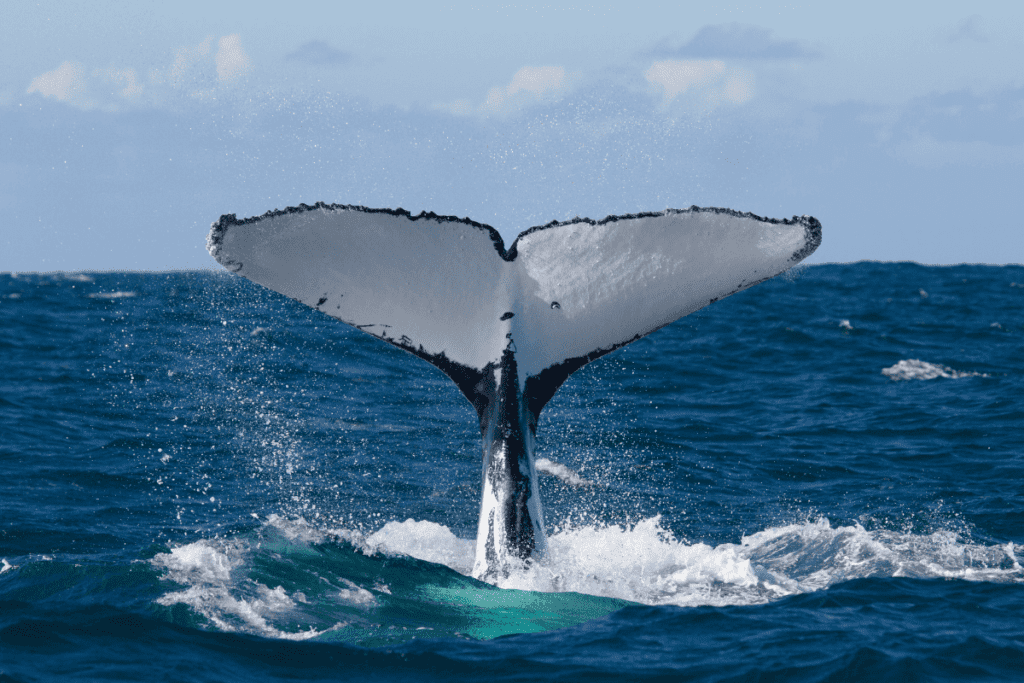
Frequently Asked Questions about Humpback Whale Sightings in Cornwall
When is the best time of year for humpback whale sightings in Cornwall?
The winter months from December through February offer the most consistent sightings, with January being particularly productive. Early spring (March-April) provides another good window as whales move along migration routes. Summer typically sees fewer sightings, while autumn brings increasing numbers as whales return to Cornish waters.
How close do humpback whales come to shore?
Humpback whales occasionally venture within a few hundred meters of the coastline when feeding on fish shoals, though most reliable sightings occur 1-3 miles offshore.
What should I bring for land-based whale watching in Cornwall?
Essential items include binoculars, a spotting scope if possible, weather-appropriate clothing (conditions can change rapidly), a thermos with hot drinks, a comfortable portable seat, a camera with a telephoto lens, and a local marine wildlife identification guide. Patience is also crucial!
How can I tell the difference between a humpback whale and other whale species?
Humpbacks are identified by their distinctive bushy, vertical blow (spout), their long pectoral fins (up to one-third of body length), and their habit of arching their backs significantly before diving (hence the name “humpback”). When breaching, they often show their uniquely patterned tail flukes, which are like fingerprints for individual identification.
Are boat tours guaranteed to find humpback whales?
No reputable operator will guarantee whale sightings as these are wild animals. However, experienced operators know the best locations and can significantly increase your chances. Never go too close to wildlife, and never go without a trained expert (so as you can be sure that you won’t disturb these creatures in the wild).
What should I do if I find a stranded or injured humpback whale?
Report immediately to the Cornwall Wildlife Trust’s Marine Strandings Network by calling 0345 201 2626. Include the date, time, location, number of whales, direction of travel, and photos if possible. These reports contribute valuable data to conservation efforts.
Has the number of humpback whale sightings in Cornwall increased in recent years?
Yes, there has been a significant increase, with researchers documenting at least 37 individual humpbacks that regularly visit Cornish waters. This represents a remarkable recovery after decades of absence.
What are the ethical guidelines for watching humpback whales in Cornwall?
Follow the WiSe Scheme guidelines: Maintain a distance of at least 100 metres, limit viewing time to 15 minutes, and retreat at the first signs of disturbance. Always prioritise the welfare of the whales over getting a better view or photography.
